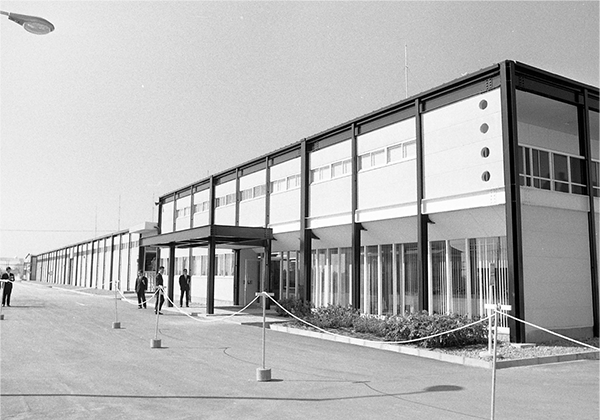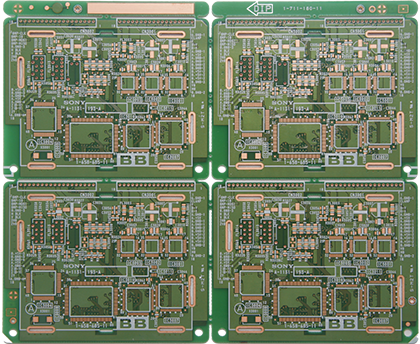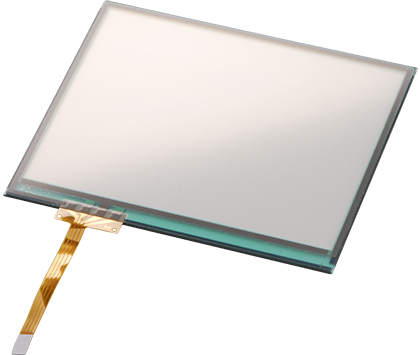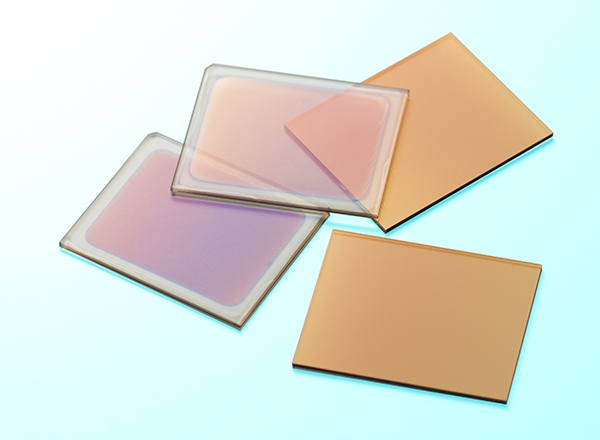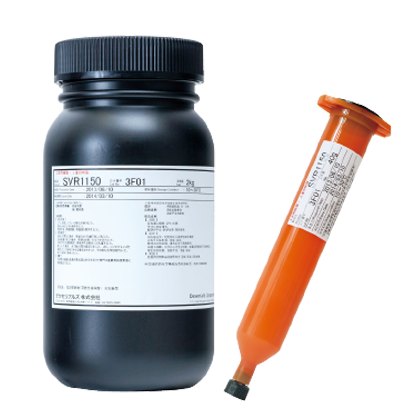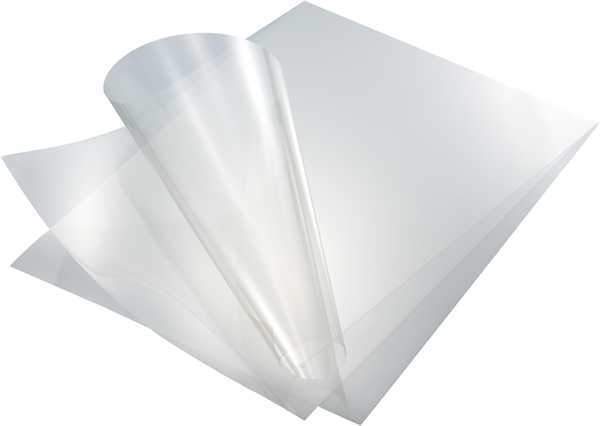Mar. 1962 Sony Chemicals Corporation Established.
Sony Corporation put the Japan's first transistor radio TR-55 on the market in 1955, which achieved significant downsizing with the use of transistors in place of existing vacuum tubes. The company also succeeded in developing a copper foil with adhesive for printed circuit board (PCB) for transistor radios jointly with Rubber and Asbestos Inc. in the United States (hereafter referred to as US R&A). The company imported this copper foil manufactured by US R&A and subcontracted the processing to a domestic PCB maker. However, in anticipation of the growing demand for transistor radios, the company signed a technical assistance contract with US R&A (later acquired by Pittsburgh Plate Glass Co.) to encourage domestic production. Then as a wholly-owned subsidiary of Sony Corporation for manufacturing and sales of copper foil products for circuits and industrial adhesive products, Sony Chemicals Corporation was founded.






